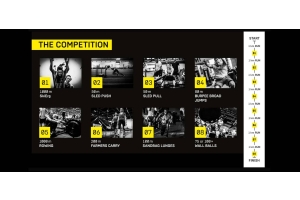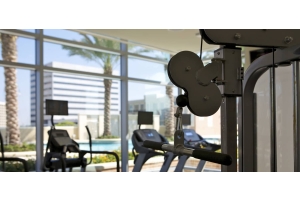Which Strength Bar Is For Which Exercise?
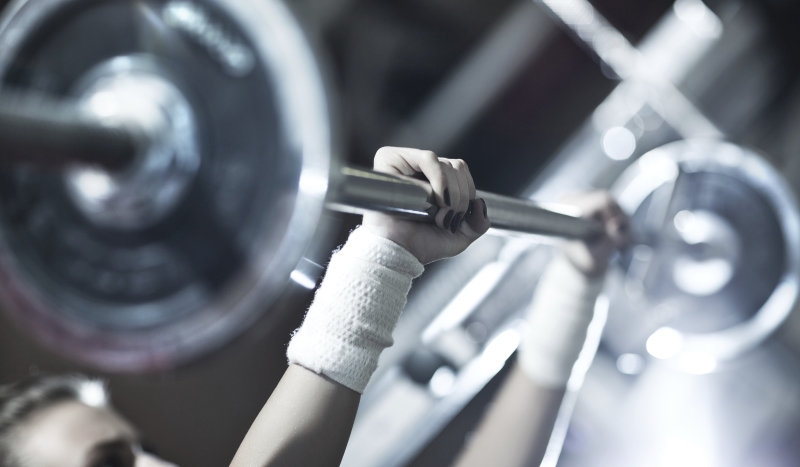
Most people are used to seeing the barbell but there are many different types of weight lifting bars and it’s important to use the right bar for what you want to achieve. Here we will try to explain the different bars and their uses.
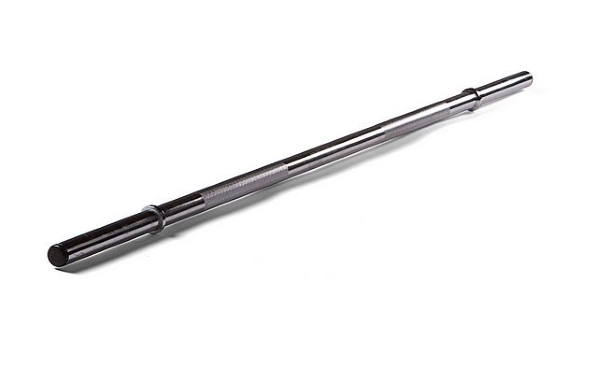
A Standard, Straight, Barbell
Standard barbells are typically used in home gyms and are usually between 5' and 6' long and about 1 inch thick the entire length of the bar. The weight of the bar itself will vary according to the model but can vary between 5kg and 10kg. The bar is dead straight, with a 'collar' each end that prevents the weights from sliding along the bar. Barbells are usually 30mm in diameter - do not confuse with the Olympic 2".
Most of these bars are made from steel but again the quality will vary according to the model. You may hear the reference ‘whip’ which refers to the bend and rebound that you can experience. You will also see a part of the bar that is knurled this is all about grip and again some of the cheaper models will be smoother which won’t give you as good a grip.
Why Use A Standard Barbell?
Standard barbells are good for a wide range of exercises including squats, deadlift, overhead press and Romanian deadlifts. Most bars can handle weight upto 300kg, but always check if your needs are for heavier weights. Studio pump set barbells will be 5kg in weight and should have more than 20kg each side.
But it’s not just understanding which exercises you can do on which bar it’s also understanding what you should be looking for when buying a bar.
Buying A Standard Barbell
If you want to use your bar to do a lot of squatting look for a bar that has centre knurling. This helps the bar to fix more on your back and not slide. For deadlifts you actually want a bar that has quite a lot of whip as this bending will help you get better bar speed off the floor. You will also need really good quality knurling for deadlifts.
For bench-presses however you want a bar with almost no whip so that you get more stability. These are good considerations if you get to specialize more with your bar for specific exercises.
+ Click here to check out our 30mm barbells
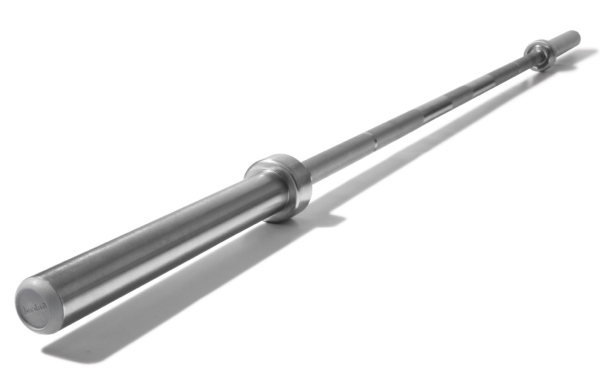
Olympic Bars
These are so called as they are the bars used in Olympic competitions. They are longer and heavier than a standard barbell. They are 5', 6' or the standard 7' long and usually weigh 20kg. The centre of the bar is over 1 inch thick but the sleeves, the end of the bar that holds the weight, are 2 inches in diameter. They are also made from special steel that gives them more ‘whip’. You will often find that Olympic bars may not have any centre knurling and the knurling at either end isn’t as defined as with the standard bars.
Olympic bars come in a range of shapes to accomodate different exercises.
Why Use An Olympic Bar?
If you’re not in the Olympics why would you consider buying an Olympic barbell? For many users that are serious about their weightlifting and strength work, it’s about the amount of weight these bars can hold. Many also like their bearings and the amount of whip they provide for dead lift exercises.
Olympic bars should also prove to be highly durable. But the biggest difference between the bars is that Olympic bars have 2 inch rotating sleeves which allow the weight plates to rotate as you move the bar. This reduces the amount of torque created by the plates which gives you a better grip and reduces stress on your wrists and elbows.
+ Click here to see our Olympic Bars
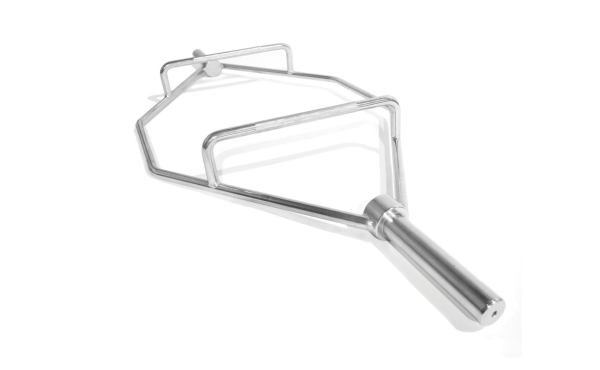
Trap Bar
The trap bar is also called the hex bar due to the fact that it has 6 sides. The idea of this bar is that you position yourself in the middle of the bar when doing deadlift exercises.
These bars can be useful if you have joint problems and if you want help getting your posture right.
+ Click here to see our trap bars
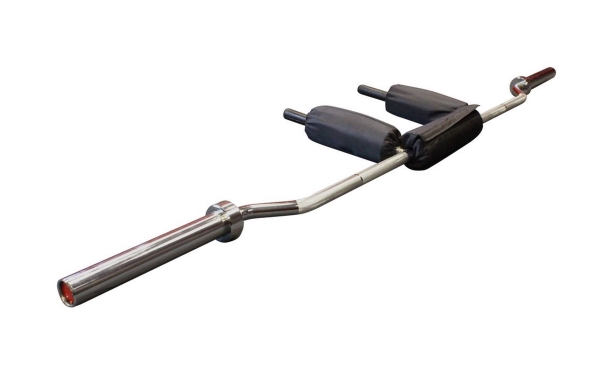
Safety Squat Bar
As the title suggest these are special bars to use when squatting. They have padding coming out from the middle of the bar which lets the bar sit comfortably on the neck and shoulders. For this reason they are also called yoke bars. But it isn’t just about neck comfort. These bars also change the way you squat forcing you to use more hamstring, glute and back muscles.
Made from thick walled steel tubes they have a diameter of 48.5mm and can take heavy loads up to 300kg. Depending on the brand they can fit Olympic width racks.
+ Click here to buy your safety squat bar
Cambered Bar
This is another bar that can really help with squats. It looks like a bar that has two bends in it so you hold at the side. It tends to be used by more advanced lifters. Its big advantage is the fact that that it challenges your stability, which adds another dimension to your squat. This is because the centre of gravity is shifted slightly forward creating the instability if you swing back or forward on the way up. It also has the same effect on the bench press. They are approximately 50mm in diameter, weigh around 25kg and can take up to 400kg.

Swiss Bar
This is the bar to use if you have shoulder issues or are coming back after injury. It can be used for the usual upper body exercises including pressing, rowing, curling and triceps.
It will handle 400kg and has 30mm thick handles which in some models can be spaced at different intervals.
+ Click here to see our Swiss Bars
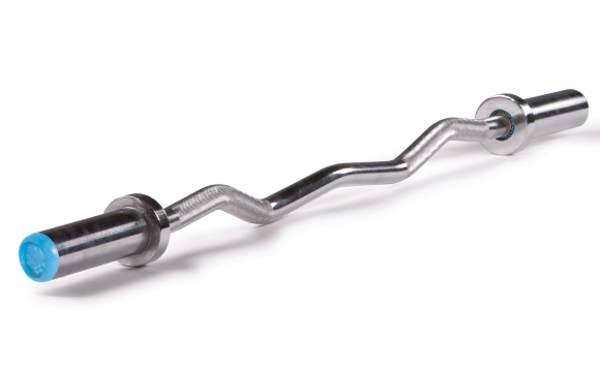
Curl Bar
As it is called the curl bar, or EZ curl bar, this bar has three curls in it and is really helpful for focusing on bicep and forearm muscles. It helps to isolate those muscles and eliminate stress on the wrists and elbows.
Most are 1m 20cm in length and weigh around 6kg with a maximum load of 160kg.
+ Click here to see our EZ Curl Bars

